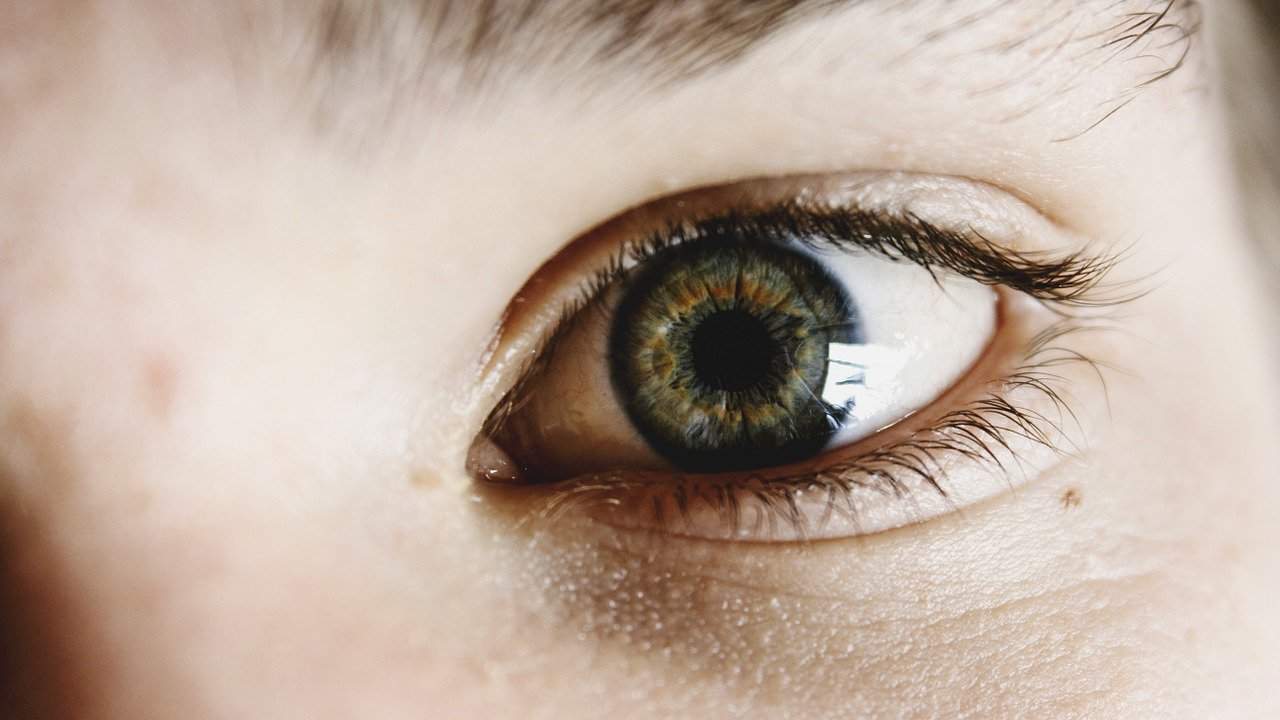Contents:
- Medical Video: 5 Common Signs of Serious Eye problems
- 1. Sudden blurred vision
- 2. Eyes bulging
- 3. Vision often feels blurred
- 4. Circles around the cornea
- 5. The eyelids go down
- 6. Yellow eyes
- 7. Eyes twitching
- 8. Night blindness
Medical Video: 5 Common Signs of Serious Eye problems
There are several diseases that can be seen symptoms and signs in the eye. For example, blurred vision, eye color changes, and decreased eyelids can be the initial symptoms of chronic disease. What are the symptoms and disorders of the eye to watch out for?
1. Sudden blurred vision
Vision that suddenly becomes blurred can indicate a problem in the blood flow to the eye or to the brain. If this often happens, then you need to see a doctor, because it could be a symptom of a stroke or other chronic disease.
2. Eyes bulging
Eyes bulging is one sign of graves disease. Graves is an immune system disorder in the body that causes the thyroid gland to not function properly. In patients with graves, the thyroid gland becomes aggressive and releases too much hormone, which can cause several health problems such as diarrhea, weight loss, and hand tremors. Hyperthyroidism that arises due to this disease can be overcome by making several treatment options such as hormone drugs, radioactive iodine, and surgery. However, doing surgery or using radioactive can aggravate eye symptoms that arise from this graves disease. If you experience these symptoms, it is better to do a further examination and consult a doctor.
3. Vision often feels blurred
Often feeling blurred in vision can be a sign of diabetes mellitus. Patients with type 1 and type 2 diabetes mellitus are at risk of developing diabetic retinopathy, namely damage to the eye tissue due to rupture of the blood vessels of the eye. High blood sugar levels cause blood vessels to be blocked and blood flow to the eyes does not flow properly, so the pressure around the blood vessels of the eye increases and then breaks. Usually, the doctor will overcome this complication by using a laser to close the 'leakage' of the broken blood vessel.
4. Circles around the cornea
Corneal arcus, or gray circles around the cornea, are gray circles that appear and are fat deposits. If you are over 40 years old, this is normal. But if you are under 40 years old, this symptom can be a sign that you have high cholesterol in the body. High cholesterol levels can cause various chronic diseases such as coronary heart disease, stroke, diabetes mellitus, and heart failure.
5. The eyelids go down
The lowering of the eyelid is usually natural in the elderly group which is a sign of natural aging. Tendons in the eye function to open, close, or lift the eyelids. When entering old age, the tendon undergoes stretching and results in decreased eyelid. But if the children already have decreased eyelids, then the child may experience it amblyopia or lazy eye, which is an eye disorder from birth.
Not only that, the lower eyelids that occur before entering old age may indicate that there is damage to the nerves or eye tissue. This can lead to several chronic diseases such as stroke, brain tumor, nerve cancer or muscle cancer. Myasthenia gravis a neurological disorder can also cause damage to the eye muscles that cause decreased eyelid symptoms.
6. Yellow eyes
Yellow eyes and skin is one sign that there is a problem with liver function. Yellowness in the eyes or skin arises from bilirubin entering the blood vessels. Bilirubin is a dye for urine produced by the liver. This can indicate that the liver is affected by inflammation, infection, or even cancer.
7. Eyes twitching
These symptoms are symptoms that occur most often in many people and are not too dangerous. Eye twitching is usually associated with fatigue, consumption of caffeine or alcohol, and smoking. In rare cases, eye twitching can also be a sign of a nervous system disorder, such as multiple sclerosis. But if these symptoms are symptoms and signs of multiple sclerosis or nervous system disorders, it will be accompanied by the appearance of various other signs and symptoms, such as difficulty walking and talking.
8. Night blindness
If you have a hard time seeing at night, or when your eyesight decreases at night, maybe you have cataracts. These symptoms also commonly occur with age. Night blindness arises due to lack of vitamin A intake, therefore these symptoms can be overcome with a high intake of vitamin A, such as sweet potatoes, spinach, beef liver, pumpkin, and carrots.
READ ALSO
- 5 Causes of Eye Bags
- Different Types of Corrective Eye Surgery: Not Only LASIK
- 6 Benefits of Eating Eggs: From Diet to Eye Health












